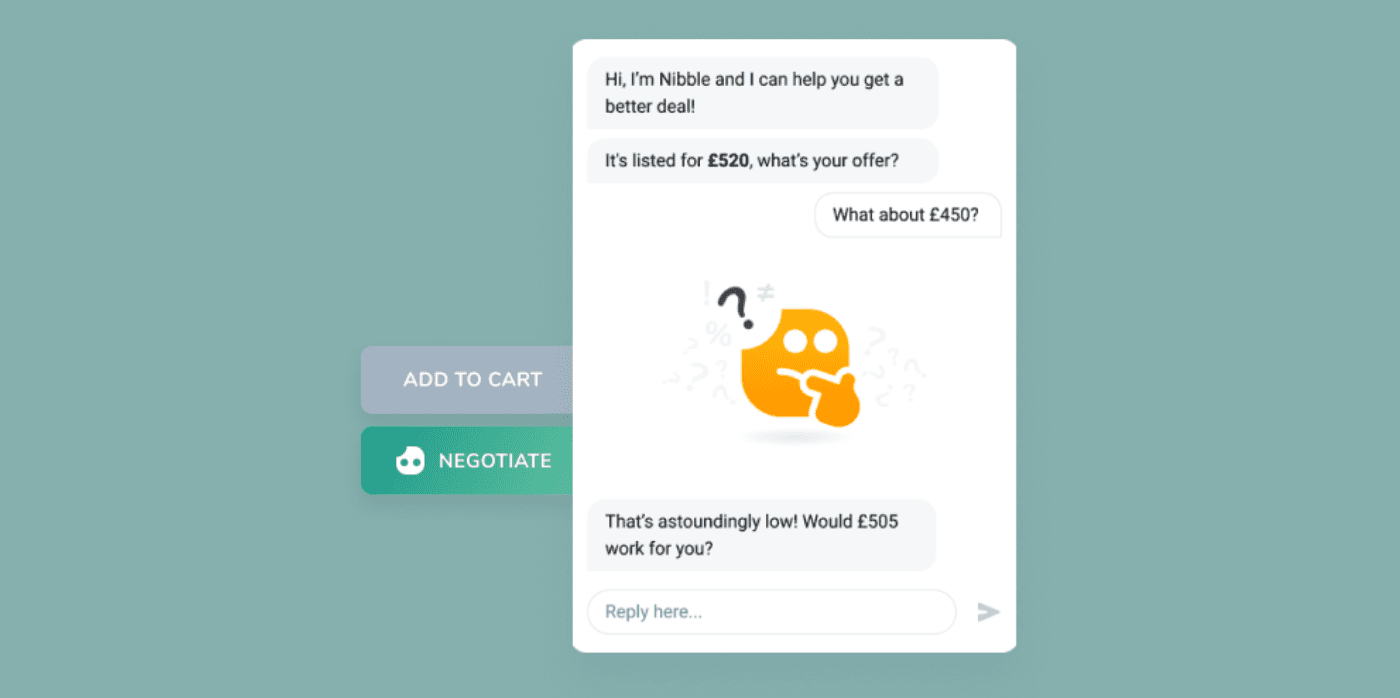Five exciting solutions for a circular economy
Economic growth has been a defining feature of the past 50 years of human history. And this has had a positive impact by lifting billions out of poverty. In fact, the World Bank reports that, in China alone, 800 million people have risen above the poverty line over the past forty years.
However, to date, economic growth has been inextricably linked to the ever-more-intensive extraction and consumption of natural resources. ‘Material footprint’ is a measure of the total amount of raw materials extracted to meet global demand. And, according to the UN, this figure has risen from 43 billion metric tonnes in 1990 to 92 billion tonnes in 2017. Moreover, the International Resource Panel estimates that we could be consuming 140 billion tonnes of minerals, ores, fossil fuels, and biomass annually by 2050.
This situation is clearly unsustainable, which has led to the rise of the concept of the ‘circular economy’. Today, we can think of our economy as ‘linear’ in the sense that, for the most part, our resources are converted into products that are then disposed of as waste at the end of their useful life. By contrast, in a circular economy, waste materials are turned back into fresh resources.
If successfully implemented, this economic model could reduce our reliance on virgin materials and de-couple growth from resource consumption. But to make the circular economy a reality, we need solutions that promote the ‘five Rs’: reduce, refuse, recycle, repair, and reuse.
Many such solutions will be on display at ChangeNOW in Paris between 25th and 27th May. Here are five of the best.

Europe’s top three coffee-consuming countries drink more than 1,000 cups per person every year. Many companies encourage the use and washing of mugs and bowls in the office, and with a goal of reducing the water used to provide such a service, French company Auum has created a new method of cleaning. The Auum-S single glass dishwasher is made from a patented design that disinfects reusable cups in 10 seconds, allowing one washer to clean up to 2,000 glasses per day. The company is building a circular economy with French-made parts and assembly, along with a rental service that ensures that machines are properly maintained, and glasses recycled at the end of their life. The countertop washer cleans a single glass using 140-degree Celsius dry steam and less than a single ounce of water per wash. The high temperature negates the need for chemicals. Read more

Batteries are found everywhere in modern life, and around 15 billion are produced and sold for household use every year around the world. All these batteries need to go somewhere when they run out, and the vast majority end up in landfills, where they leach toxic substances that pollute the soil, water, and air. To tackle this problem, startup BeFC (Bio-enzymatic Fuel Cells) has developed a battery made from paper cellulose. The twist? Instead of incorporating metal or chemical catalysts, which are often expensive to source and harmful to the environment, BeFC’s system uses biological enzymes to convert natural substrates, such as oxygen and glucose, into electricity. The paper-based cells are extremely thin and flexible. This means they are highly compact and perfect for use in low-power, portable, and disposable electronics – including medical wearables, which are normally powered by button-cell or lithium batteries. And because the batteries are bio-based, they are biodegradable, which means that they can be easily and safely disposed of or recycled. Find out more

Polyurethane is a polymer material used in a range of common products from plastics and construction filler foams to adhesives. A group of compounds known as polyols are essential for making polyurethane, and today these are mostly derived from petroleum. However, polyols can also be derived from natural plant-based sources. To date, most of these alternative ‘biopolyols’ have been derived from virgin feedstocks or plants that compete with food production for land resources. As a result, they pose their own sustainability challenges. Now, Cyprus-based company Ecorbia has developed ‘Crudyol’ – a biopolyol made through chemical upcycling of biomass byproducts. This material is truly compatible with circular economy principles as it provides a cost-effective method for putting a range of industrial waste streams to good use. Find out more

The International Energy Agency (IEA) estimates that the buildings and construction industry was responsible for 39 per cent of process and energy-related carbon emissions in 2018, 11 per cent of which come from the production of building materials. Italy-based architectural firm Ricehouse is on a mission to build houses more sustainably, by using rice by-products. The company uses natural waste residues, such as rice straw, husk, and chaff to create circular construction materials, including thermal insulating plasters, finishings, lightweight screeds, and prefabricated panels. Read more

Animal leather has multiple negative environmental impacts. To start with, raising livestock takes up a lot of land and contributes to deforestation and the disruption of vital carbon sinks. On top of that, leather tanning can lead to toxic chemicals, such as chromium, entering the environment. And, at the same time, huge amounts of fashion waste is sent to landfill each year. Now, North Macedonia’s L&E Studio is developing a new, more sustainable approach to designing and producing handbags. The studio employs local craftsmen who use cruelty-free leather alternatives to make the fashion accessories. Each bag comes with a lifetime guarantee and a repair service, and is made exclusively of recycled or upcycled materials. Find out more
Springwise is a proud partner of ChangeNOW, which takes place in Paris 25-27 May 2023. As the world’s largest event for the planet, the three-day international summit brings together entrepreneurs, business leaders, and policymakers to accelerate change.
Words: Matthew Hempstead



